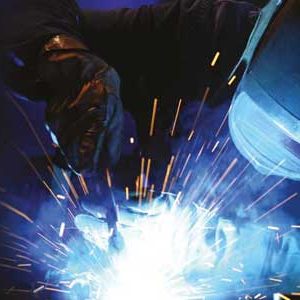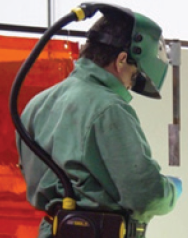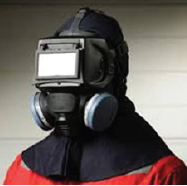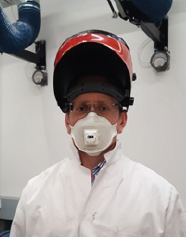RPE Programme for Welders
Respiratory protective equipment (RPE) may be needed to protect welders from exposure to welding fume and gases generated by the welding. However, it should only be used after all other reasonably practicable measures to prevent or control exposure have been considered. In the hierarchy of control under the Control of Substances Hazardous to Health (COSHH) regulations, RPE is the last line of protection. RPE can only protect the wearer, and if it is inadequate, unsuitable, used incorrectly, or poorly maintained, it is unlikely to provide the required protection





